Top 10 Fastest Growing Vegetables for Quick Harvesting

Growings and caring for plants are a test of patience. You do not get results in days or may be months too as it could take years based on type of plant and available environmental factors. If you are one of the impatient types and need quick yields, these are some of the veggies that you can grow in a span of 1 to 3 months.
Introduction
Most of the vegetables we consume in our daily lives are annual/seasonal plants. This means they have to complete their lifecycle in their preferred season. These plants grows flower, fruit, and disperse their seed in a span of a season. While the perennial plants take years to mature, annual one grow quickly, which ensures their species survivability.
Most biennial plants also come under fast-growing vegetables category but for a different reason. Biennial plants complete their life cycle in 2 years. When their season is over, these store food so that they can live for another year. We consume the parts where the food is being stored instead of fruits.


Fastest Growing Vegetables
Although there is a limited range of options, here are some of the fast-growing vegetables that you can quickly harvest from your garden.
1. Green Onions (20-30 days)
Green onions are very easy to plant, very fast to grow, and very healthy for your diet. It goes with almost any food. You can regrow green onions from the ones that you buy from the store with their roots attached.
![]()
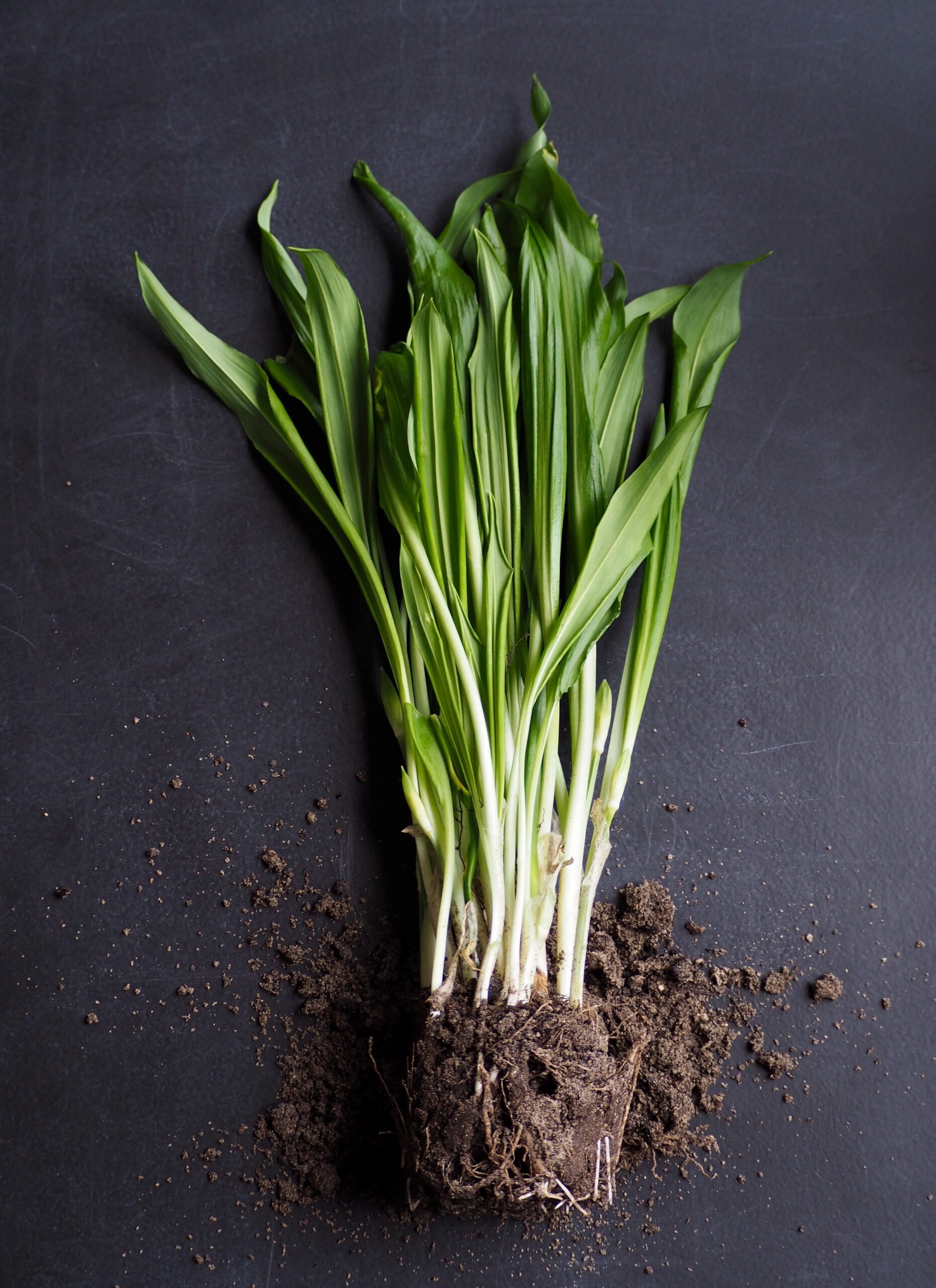

You can grow it even on a glass of water (hydroponics system). Although the bulb takes three to four months to grow, you can keep harvesting the leaves every 20-30 days.
2. Spinach (45 days)
Spinach is very easy to grow, especially during the spring season. The plant does not grow well on hot summer days and thrives in cold weather. It could be eaten raw as well as by cooking too.
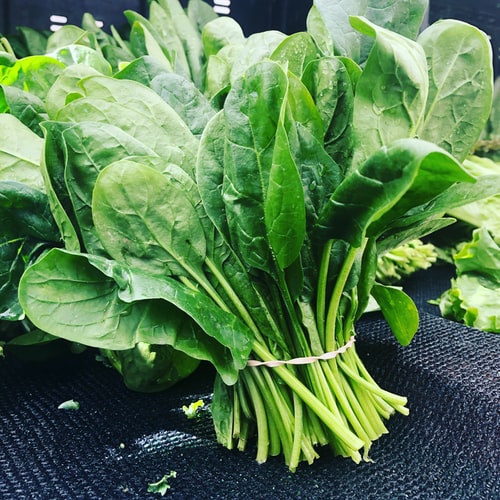

These green leafy vegetables originated in Persia are heavily loaded with nutrients and antioxidants. Consumption of spinach improves eye health, reduce oxidative stress, help to prevent cancer and reduce blood pressure too. The plant matures quite quickly and you can keep harvesting the leaves while it is growing.
3. Lettuce (6-8 weeks)
Lettuce is one of the very easy growing species. It can’t resist cold weather so, it’s better to grow it indoors in such chilling temperature. Lettuce takes about 6 to 8 weeks to harvest the entire head. But you can keep harvesting the leaves while it is maturing.
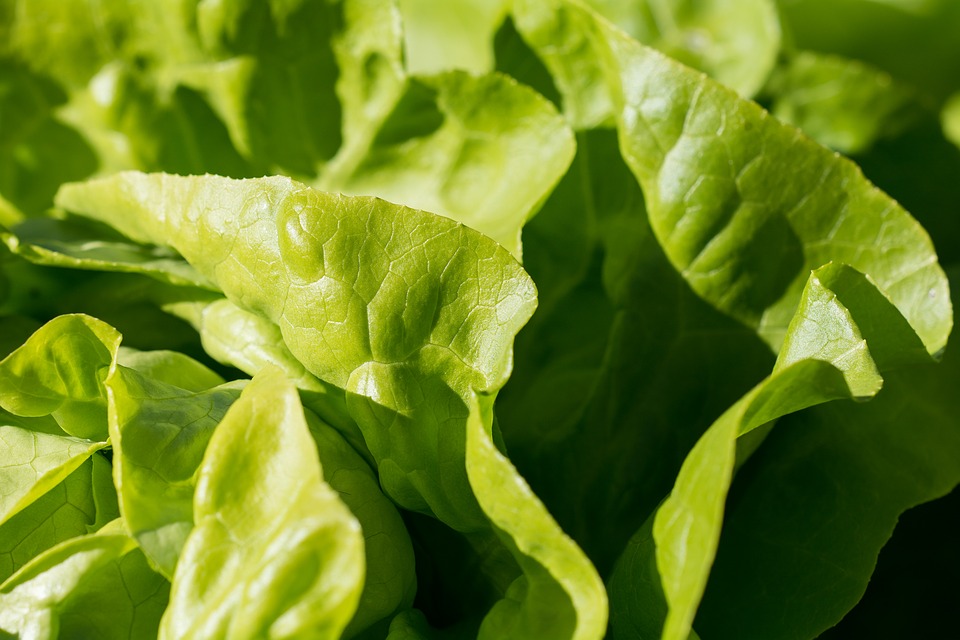

It could be consumed raw or in cooked form. This species is a rich source of vitamin A and K along with small amount of Vitamin C & iron. Consumption of lettuce improves bone strength, vision, sleep and also aid in hydration.
For more information, you can watch our video on how to grow lettuce quickly here:
4. Arugula (4-7 weeks)
Arugula is another leafy green vegetable in this list that grows in similar climates and conditions to lettuce, kale, and spinach. You don’t need much time and space to grow this plant. It can be completely harvested in about 4 to 7 weeks and the mature leaves can be continuously harvested during that time.


This species is rich in fiber, anti-oxidants, chlorophyll, vitamin k, isothiocyanates and phytochemicals. These properties helps to reduce risk of developing breast, prostate and lung cancer, improve hydration and bone health, reduce inflammation of the body, promote weight loss and cleanses as well as detoxifies the body.
5. Lady’s Finger/ Okra (55-65 days)
Okra is a summer plant that can mature in 55 to 65 days and can keep producing for about 10 to 12 weeks. This finger-shaped vegetable is the foremost which needs some space to grow. The plant can grow from three to six feet tall and nine to fifteen inches in width.
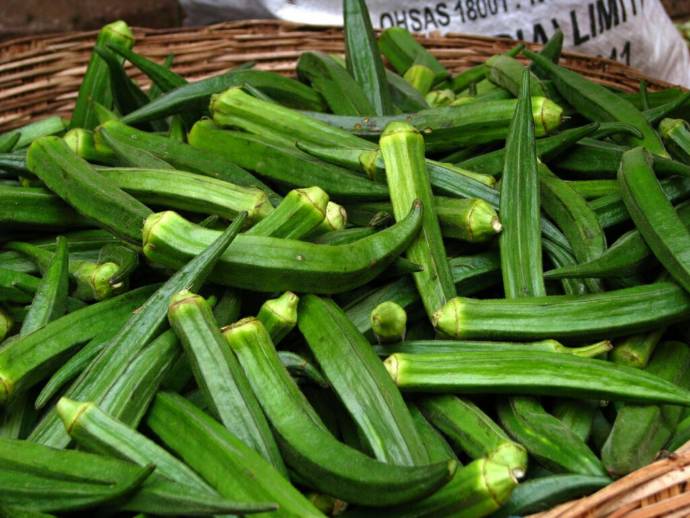
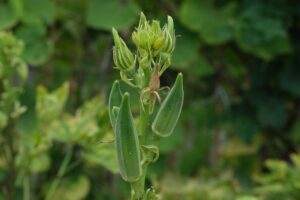
Okra is the rich source of magnesium, folate, fiber, antioxidants, vitamin C, K and A. Thus, this species is packed with many health benefits such as promoting heart health, reducing risk of cancer, controlling blood sugar, lowering cholesterol level and reducing stress.
6. Tomatoes (50-60 days)
Tomatoes are another annual plant that grows pretty quickly. They are very easy to grow and provide various nutrients Potassium, Vitamin C, Lycopene, Beta carotene in our diet. Tomatoes are easy to any dish. It takes around 2 months to harvest tomatoes.


Cherry tomatoes are the go-to if you are looking for a fast-growing veggie and dressing for your dishes. Tomatoes are best preferred to reduce heart disease and cancer, and promote skin health.
If you want to grow this red juicy vegetable in your home, you can watch the following video:
7. Beetroot (7-8 weeks)
Beetroot is a root vegetable that is known for its dark red/crimson color. This plant is packed with nutrients like Iron, Manganese, Potassium, Folate, and Fiber. At about 7 to 8 weeks, the root turns red and grows to the size of a golf ball, that is when you know the plant is ready for harvest.
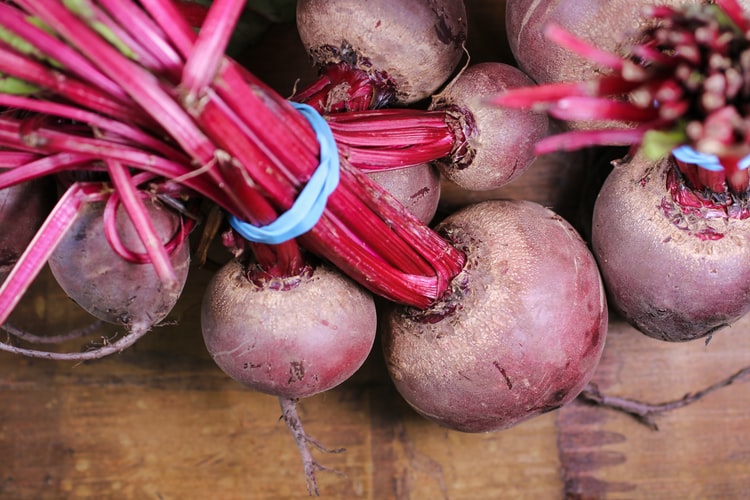
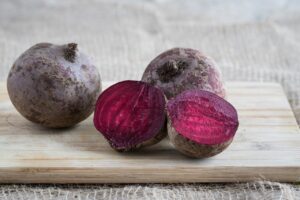
Beetroot provides many health benefits such as improving blood flow, lowering blood pressure, increasing exercised performance, preventing cancer, reducing inflammation and heart diseases.
8. Radish (2-3 weeks)
Radish is also a root vegetable that grows in a span of two to three weeks. The leaves of radish are edible and can be harvested during the development of roots. Radish is very healthy and provides nutrients like Vitamin C, Potassium, Calcium, Phosphorus, and other Vitamins.

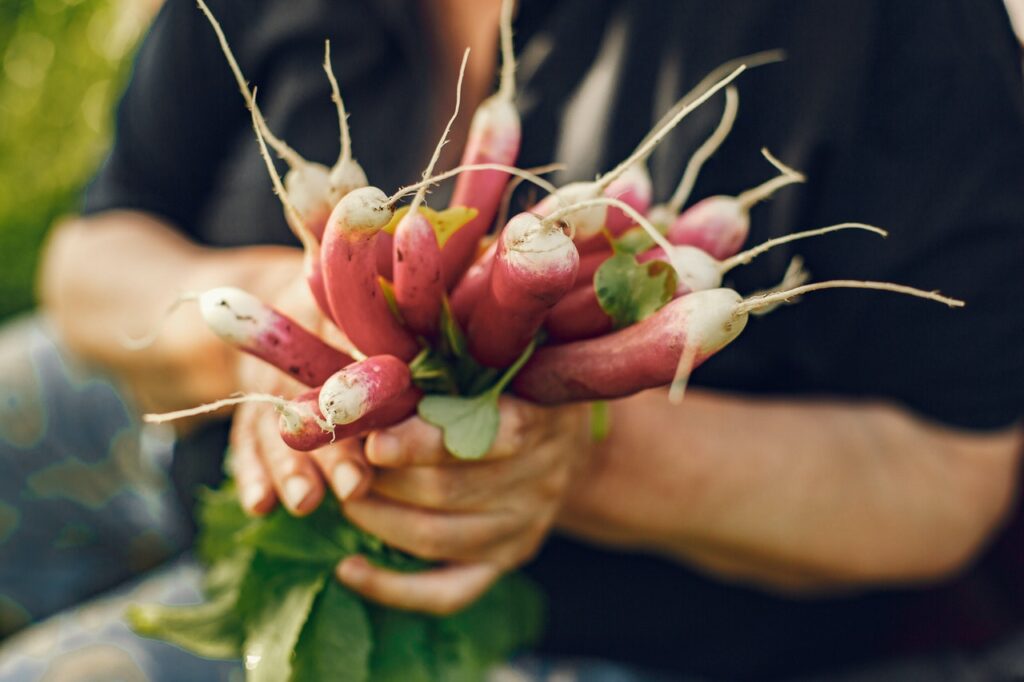
We have covered how to grow cherry radishes at home in the video below. Cherry radish is an excellent choice of radish if you need quick harvests.
9. Peas (10-13 weeks)
Peas will flower at around 10 to 13 weeks and fruit in a few weeks. Peas are excellent winter plants but are susceptible to frost. You can plant Snow Peas if you are very impatient as you don’t have to wait for the pod to fill.
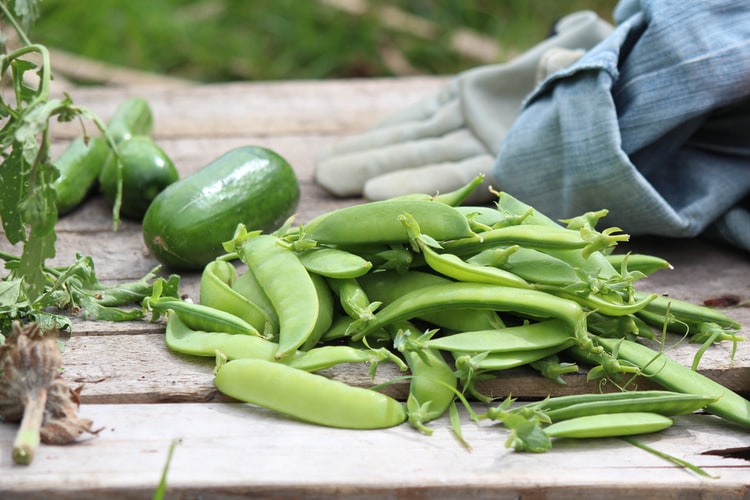

Peas is the excellent healthy food source as it helps to strengthen your immune system, reduce inflammation and lower risk of chronic conditions including diabetes, heart diseases and arthritis.
10. Microgreens (10-12 days)
Microgreens are not actually a vegetable but just growing sprouts of various vegetables. Microgreens are very nutritious and can be grown pretty quickly. It can be cultivated in 10-12 days.

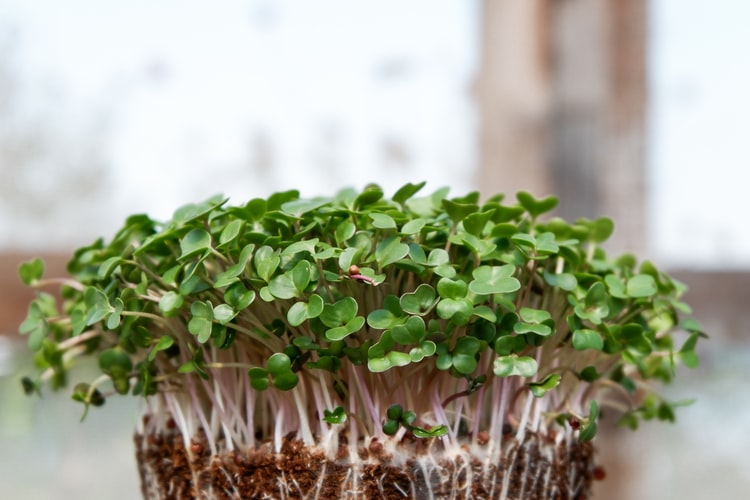
They contain various kinds of vitamins, minerals, and antioxidants. Sunflower, pea, radish, broccoli, and cress are some of the plants whose microgreens are recommended.
Learn how to grow microgreens at home from this video:
Now you can get started on your gardening and get quick results. Hope this article was helpful. Also, remember to share your results in the comments section. We really want to know your results.
References:
“https://www.youtube.com/watch?v=az_yNVEM7CY” “https://en.wikipedia.org/wiki/Microgreen” “https://unsplash.com/photos/vyHo3nnk8G8” “https://pixabay.com/photos/green-plan-food-vegan-spinach-2565925” “https://unsplash.com/photos/p1yTPLjC8ys” “https://pixabay.com/photos/green-plan-food-vegan-spinach-2565925/” “https://www.southernstates.com/farm-store/articles/how-to-grow-okra”



excellent info on moringa plants, where can I purchase seeds to plant it?
The best place is amazon at your location. Try checking some agro stores around you. Let us know for more questions.
A very interesting article. I thought they were part of pilea peperomioids. These nasturtium grow like weeds where I live in southern part of South Africa. The only problems are snails. They are hardy and face drought conditions well. We don’t get frost. I love them xx
Thank you for your comment. I really appreciate it. Please be with us and help us share with your friends and family.
You are so right about choosing well drained soil for planting the grapes. It worked great when we tried.
Thank you for your comment. We appreciate it.